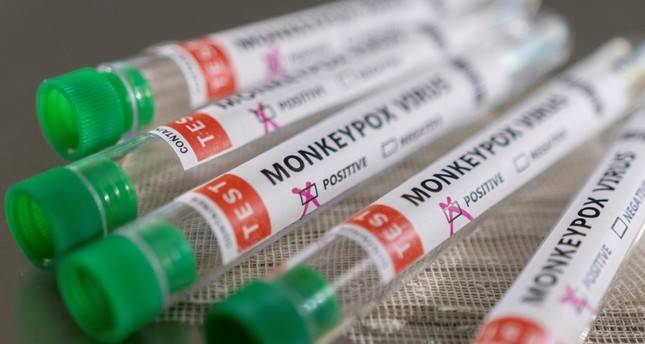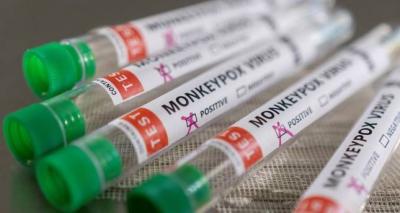A study published by a group of scientists in the Lancet journal indicated that the symptoms of monkeypox during the current outbreak in the UK differ significantly from previous cases in other countries. The study included 54 patients who visited four sexual health clinics in London and were diagnosed with monkeypox within 12 days in May 2022. The presence of the infection was confirmed using reverse transcriptase polymerase chain reaction (RT-PCR) testing. Researchers collected data on the patients' travel history, sexual relationships, and clinical symptoms. Patients were advised to practice social isolation, and their conditions were regularly monitored through phone check-ups.
It was found that all but two of the patients were unaware they had contact with someone infected with the disease. None reported traveling to sub-Saharan Africa, while many had recently visited other European countries. Notably, all 54 individuals were men who have sex with men, with an average age of 41 years. Almost all reported having at least one new sexual partner in the three weeks prior to the onset of symptoms, alongside inconsistent condom use during the same period. More than half of the patients had more than five sexual partners in the 12 weeks before being diagnosed with monkeypox. All patients had skin lesions and other symptoms, with at least 49 having at least one lesion on the genital skin or around the anus. The illness was mostly mild, with most recovering during home isolation. However, five individuals required hospitalization due to pain or infection in the skin lesions, and their conditions improved during an average stay of seven days.
Dr. Ruth Byrne from Chelsea and Westminster NHS Foundation Trust noted, "It has been found that a quarter of the patients were also infected with gonorrhea or chlamydia at the same time as contracting monkeypox, which allows for the assumption that the transmission of the monkeypox virus in this group occurred through close skin-to-skin contact, as in the context of sexual contact." The study also revealed significant differences in the clinical characteristics of this group of patients compared to previous outbreaks. In particular, symptoms of fatigue, weakness, and fever were less common, and ten out of the 54 patients did not experience any symptoms prior to the appearance of the skin lesions.




